Warrant Officer 2 Hannah Tufts, 82 RCACS
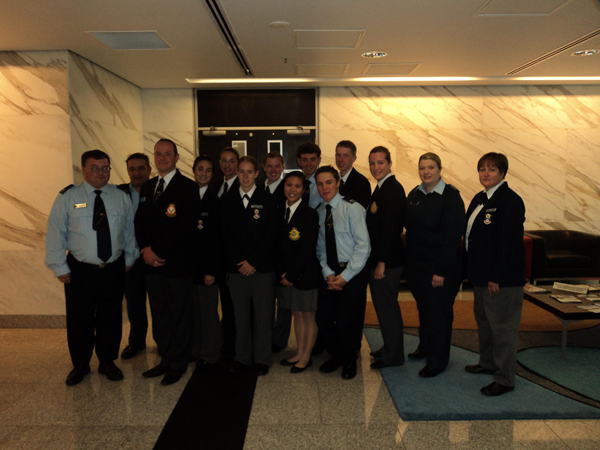
The 2010 IACE NewZealand Group, in formal dress.
WO2
Tufts, back row, fourth from the left
Hello Everybody! I am Hannah Tufts, from 82 Brandon RCACS. This summer I was fortunate enough to be able to go overseas as one of the three Canadians that went to New Zealand. Our group was a small group, made up of 10 cadets and 4 officers. There was, for cadets, 3 from Canada, 2 from the United States, 2 from the United Kingdom, 2 from Australia, and 1 from New Zealand. We learned so much not only from our stay in New Zealand, but from each other also. It was a great experience, and I would do it again. It was winter in New Zealand, and it was a little chilly. We saw much rain, and a little snow, but the winter was nothing like our winters! We saw temperatures in the minuses once, and the rest of the time, it was around 15°C. We stayed on Army or Air Force bases mostly, but for six nights we stayed at host families or billets that the squadrons set up for us. They were nice families to stay with.
We started off our trip in Christchurch. We went to the National Air Force Museum, and then we carried on to the Antarctic Centre, where we went for a ride on the Hagglunds, which are the main source of transportation in Antarctica. We went Jet Boating, which was fun yet cold! We then went to visit an Air Cadet Squadron that night. We had a demonstration done for us by their drill team, and then every country got together and showed how they do their own drill in their countries.
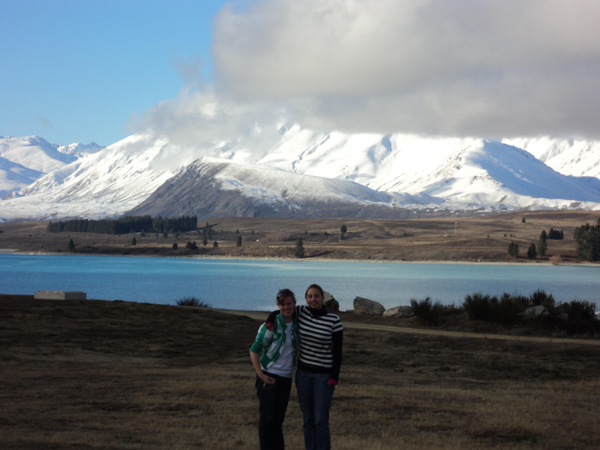
Lake Tecapo with a friend from London, England.
We then traveled down to Queenstown, stopping at Lake Tecapo, the most photographed lake in New Zealand, and stopped to see the Church of the Good Shepard. We then went ice skating, which I was the only one who knew how to do it, snow tubing and then swimming in the hot pools, which were heated by the ground itself.
We arrived in Queenstown, and toured around, seeing a sheep and deer farm. That was great! To get to the farm, we had to take a ship, and that was a beautiful ride! The next day, we went to ‘Al’s Bungy Jump’ which is the original place to bungee jump. We Canadians didn’t do it, but we took many pictures while everyone else took the challenge!
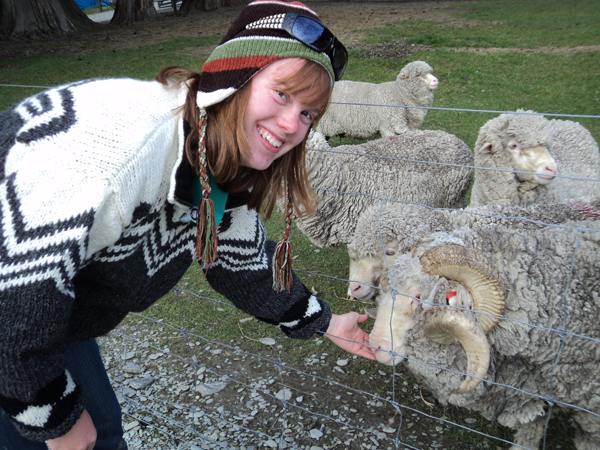
My favourite friend that I made on a farm!
We then traveled up to Wellington. It was a day trip from Christchurch up to Wellington, and we stopped along the way to see seals, eat crayfish, walk a path in the trees to a waterfall, and then finally to the port where we took a ferry from the South Island to the North.
Once in Wellington, we toured around for 2 days. We had the total ‘Windy Wellington’ experience! It was very windy! We met the entire Defence Staff of New Zealand. That was a very neat experience! We then went to see the Parliament buildings, also known as the Beehive; went on the old Cable Cars; saw the National War Memorial, which was impressive; and then went to the Police Dog Training Centre. We had a supper that night with another Air Cadet Squadron. The next day, we went to see a Helicopter business; Te Papa, the National New Zealand Museum; the Police Training Centre, then we went to the biggest mall in New Zealand.
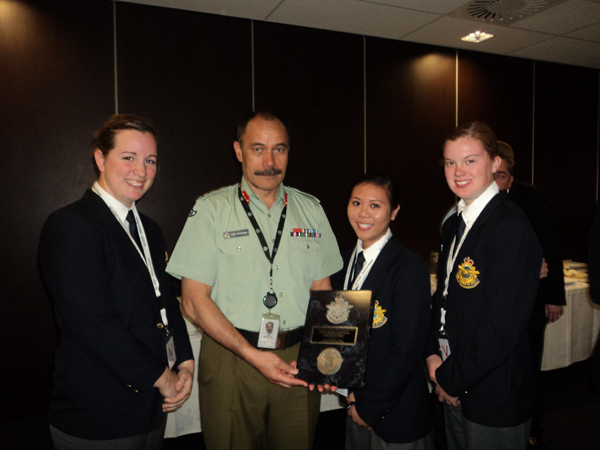
The Canadians presenting a plaque to the Chief of Defence.
We went to the Ohakea Air Force Base to spend the night. We met up with the Air Force Squadron there, and were able to get a ride in an Iroquois helicopter! That was an amazing ride! We then spent the next day traveling up to the Waiouru Army Base. We then had a Maori Powhiri. The Maori people are the Native people of New Zealand, and to get into the army, all the soldiers had to go through a Powhiri, similar to the one that we had done. A Powhiri is a welcoming and accepting of a group of people into their house and way of life. We then spent the afternoon shooting the Styers, the weapons that the New Zealand Army uses. We then spent the night in the Marae; the house that the Powhiri happened in.
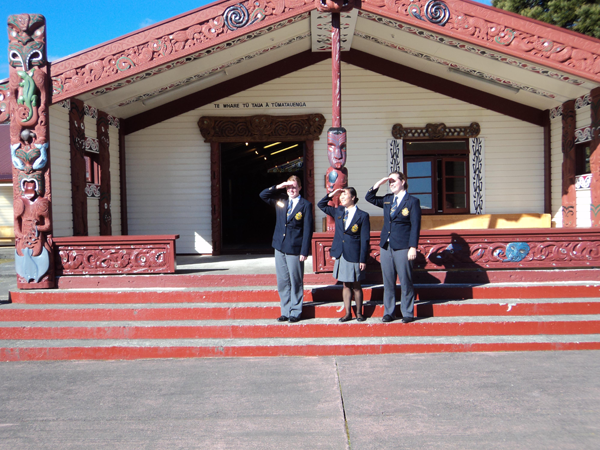
The Canadians looking for Canada, at Waiouru Army Camp, at the
Marae.
The next day, we traveled to Rotorua, after we looked at the National War Museum. We stopped at the thermal valley. The town of Rotorua gets all their power from these thermals. The ground is heated by the movement under the ground, and you can see the heat seeping through the ground. We also had the ultimate Maori experience while we were in Rotorua. We learnt how to make and use a Poi, something that the Maori women use while performing. We also prepared a Hangi, which is a traditional way of making a meal for the Maori people. It is basically a hole in the ground that we made a fire in, dug out the ashes, put the covered food in, buried the food, waited three hours, then unburied and ate the food. It was the best meal I had in New Zealand! That afternoon, we saw another Powhiri, saw some more thermal areas and boiling mud, saw the Rotorua museum, saw a Kiwi, and then spent the day with another squadron.
After we left Rotorua, we made our way up to Auckland, and along the way, we stopped to see the Waitomo Glow Worm and Limestone Caves. It took all day to travel to Auckland, and when we arrived, we stayed at another Air Force Base. The next day we spent talking to the many Air Force Squadrons on the base. We saw the Navy Helicopter’s, the Orion’s, the Hercules, the Base Commanding Officer, the Base Fire Department, and spent the night at a shooting range, shopping and bowling.
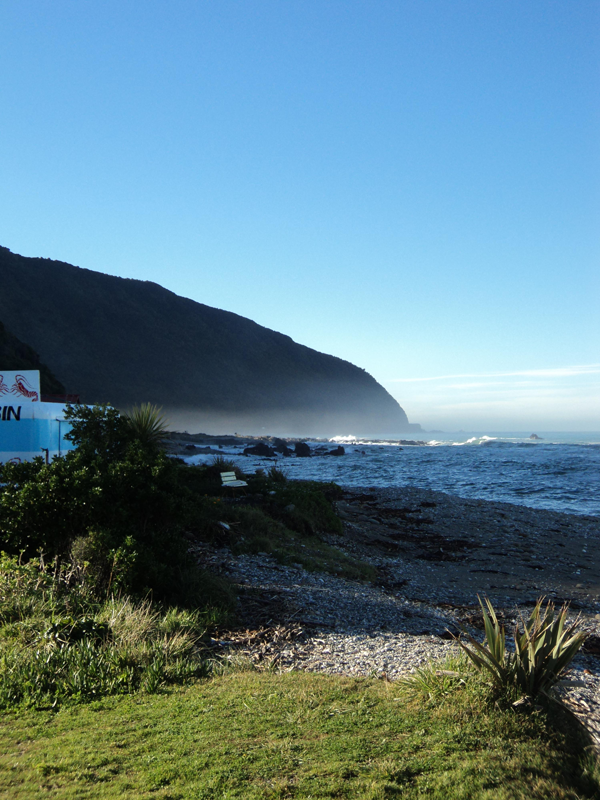
A typical sight on the North end of the South Island along the
Ocean.
New Zealand is a beautiful country, even during the winter. Even though it wasn’t very green like most people say the summers are, it still was beautiful. There was a lot to look at, a lot to see and plenty to do! New Zealand is known for its beauty, its sheep, the Kiwi, its Maori culture, and its friendly people! Some little things that I found interesting was how the garbage is called the ‘rubbish’; the washroom is called the ‘toilet’; there aren’t many trucks and if there are, they are called ‘Utes’; they drive on the left side of the road; a ‘chemist’ is the word for a pharmacist, Hot Chocolate is called ‘Milo’ and it is less sugary, and the list could go on and on! Going to New Zealand was a great learning experience, and I am grateful and I feel privileged to have been able to go on the trip! I would like to thank everyone who let me go on this trip, and I urge any cadet to think about applying to go on the International Air Cadet Exchange! It is a great place to meet new people, learn a lot about other countries, and represent your country!
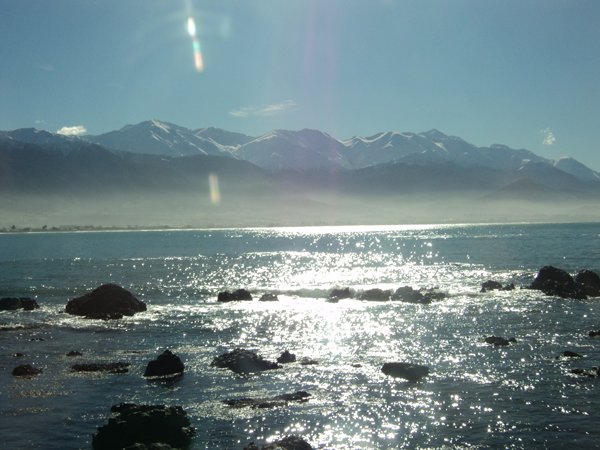
A pretty picture at the place where we found the seals.
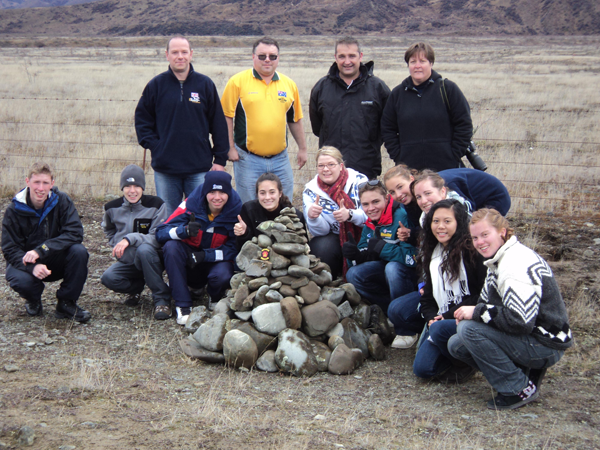
We made a pile of rocks on the side of the road, because that’s
what all the tourists did, so we made a huge one. This picture is of all
the cadets and officers on the trip.
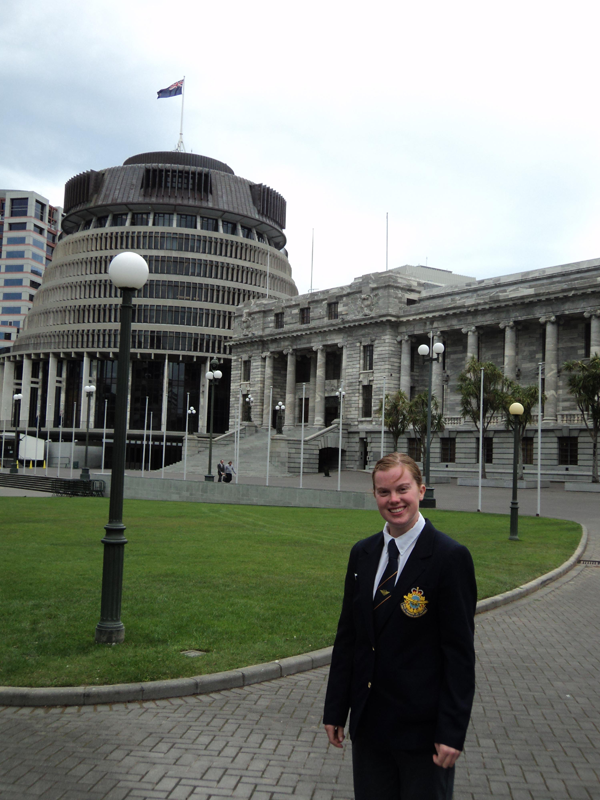
At the Beehive, the Parliament buildings, in Wellington.
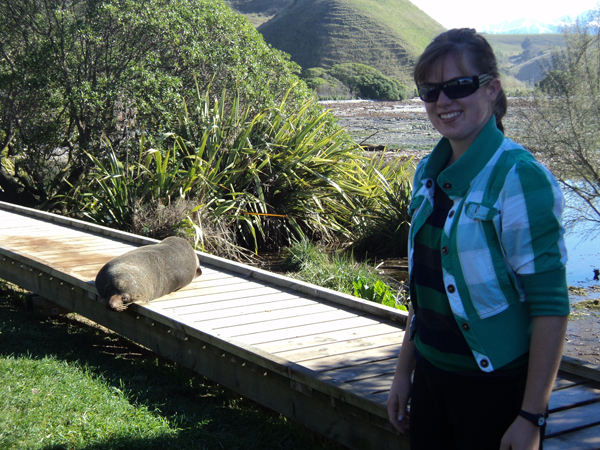
My lazy Seal-friend and I!
![]()

